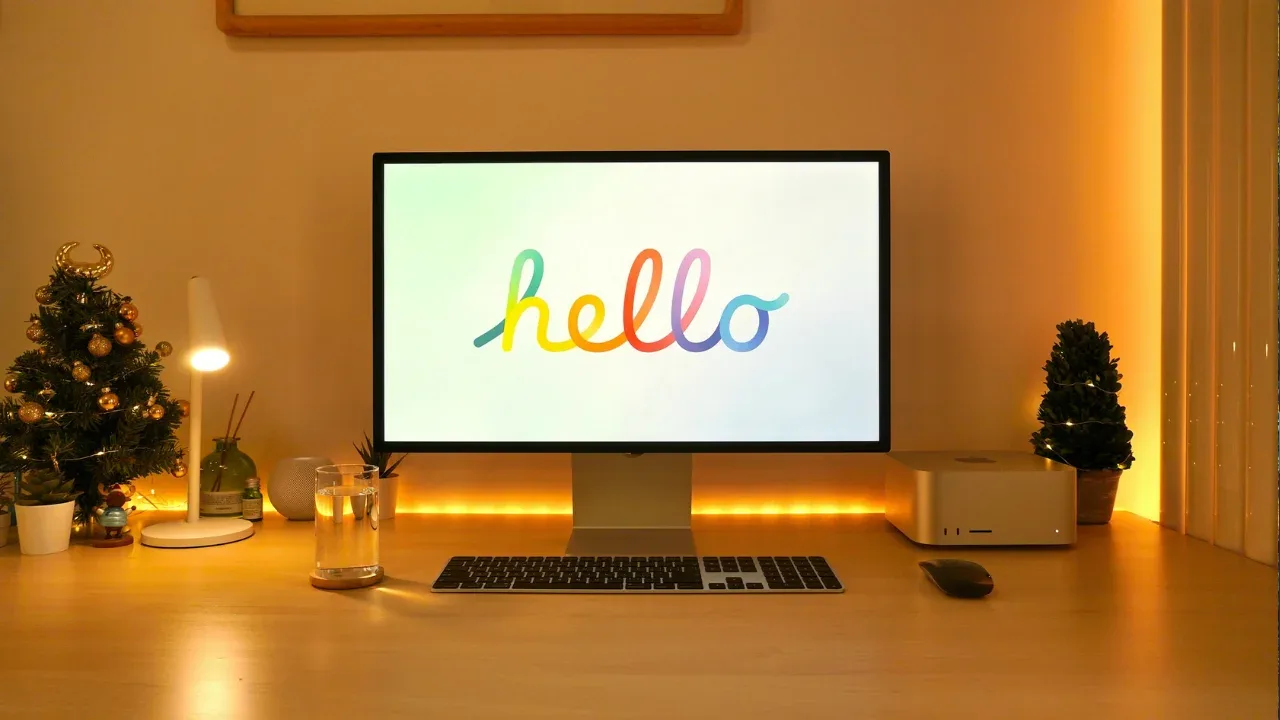How do I draw a shadow under a UIView?

🎨 How to Draw a Shadow Under a UIView 🌑
Are you looking to add some depth and dimension to your UIView? Want to make your interface elements stand out with a cool shadow effect? Look no further! In this blog post, we'll guide you through the process of drawing a shadow under a UIView in Cocoa Touch. Let's dive in! 💪
The Mysterious CGContextSetShadow() Function 🤔
You've probably come across the CGContextSetShadow() function in the Apple documentation, but found it a little vague and confusing. Don't worry, you're not alone! We'll break it down step-by-step into easy-to-understand instructions.
1️⃣ Save the graphics state: Before applying any changes, it's important to save the current graphics state. This allows you to make temporary modifications without affecting other elements on the screen.
2️⃣ Set the shadow: To draw a shadow, call the function CGContextSetShadow(), passing the appropriate values. The function accepts three parameters: the CGContextRef, which you can obtain using UIGraphicsGetCurrentContext(), the offset (CGSize) of the shadow, and the blur radius (CGFloat).
CGContextSaveGState(currentContext)
CGContextSetShadow(currentContext, CGSizeMake(-15, 20), 5)In the example above, we set an offset of (-15, 20) which means the shadow will be offset 15 points to the left and 20 points down from the view's frame. The blur radius of 5 creates a soft, subtle shadow effect. Feel free to experiment with different values until you achieve your desired look.
3️⃣ Perform the drawing: Now that you've set the shadow, it's time to perform the actual drawing. Use any Core Graphics or UIKit functions to create the visual elements you want to appear on top of the shadow.
4️⃣ Restore the graphics state: After you've finished drawing, make sure to restore the graphics state to its initial state. This ensures that any subsequent drawing won't be affected by the shadow.
CGContextRestoreGState(currentContext)Troubleshooting Common Issues 💡
If you've followed the steps above but still can't see the shadow, don't panic! Here are a few common issues to check for:
1️⃣ Drawing context: Make sure you're calling the drawing code within the drawRect: method of a UIView subclass. This ensures that the drawing context is valid.
2️⃣ Opaque background: Shadows are only visible on transparent or translucent backgrounds. If your view has an opaque background, consider setting its backgroundColor to a color with an alpha value less than 1.
3️⃣ Superclass behavior: Be aware of how your view's superclass handles drawing. Some superclasses may override the drawRect: method or modify the drawing context, which could interfere with your shadow drawing code. Make sure you're calling [super drawRect:rect] at the appropriate place in your code.
Take Your Designs to the Next Level! 🚀
Congratulations, you've mastered the art of drawing shadows under a UIView! 💫 But don't stop here, there's so much more you can do with shadows to enhance your app's UI. Experiment with different shadow offsets, blur radii, and colors to create stunning visual effects.
Share your creations with us in the comments below! We'd love to see how you're using shadows in your designs. And if you have any questions or need further assistance, feel free to ask. Happy shadowing! 😉✨
Take Your Tech Career to the Next Level
Our application tracking tool helps you manage your job search effectively. Stay organized, track your progress, and land your dream tech job faster.



